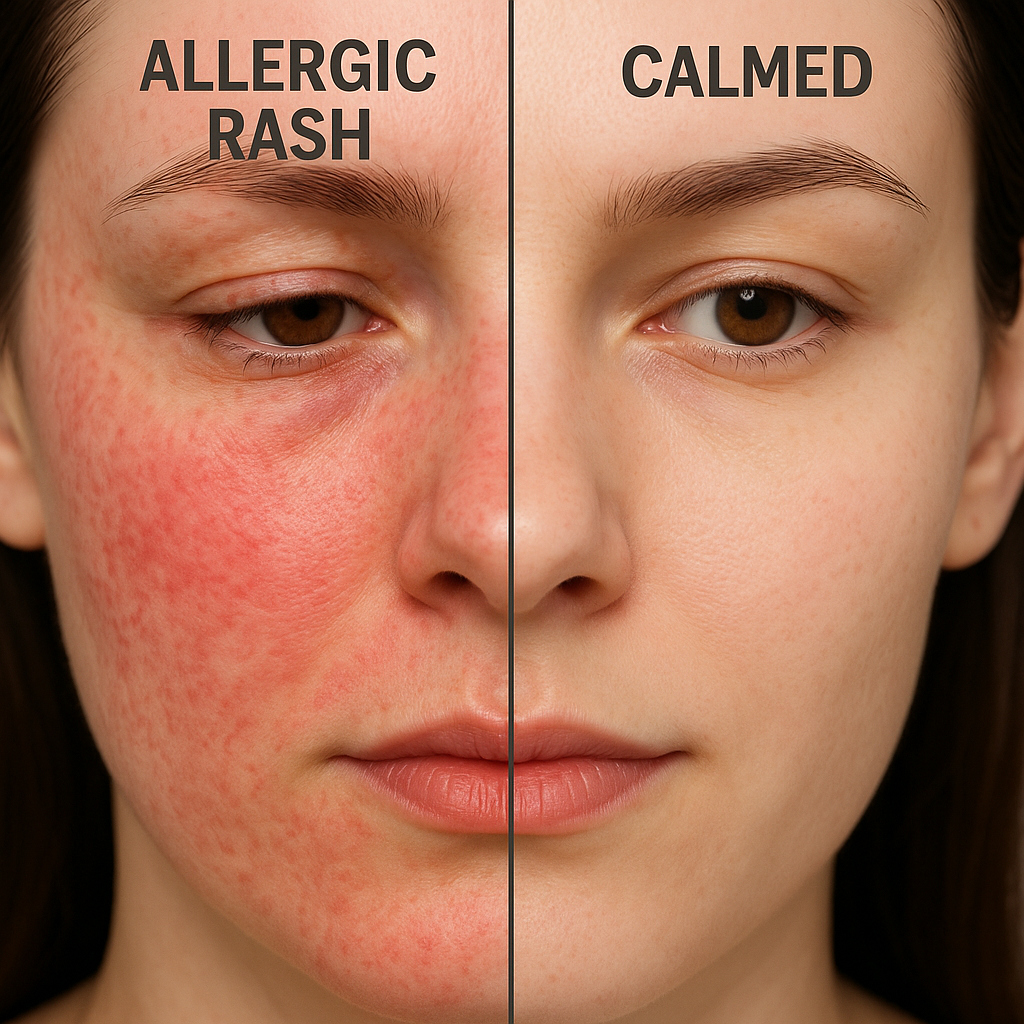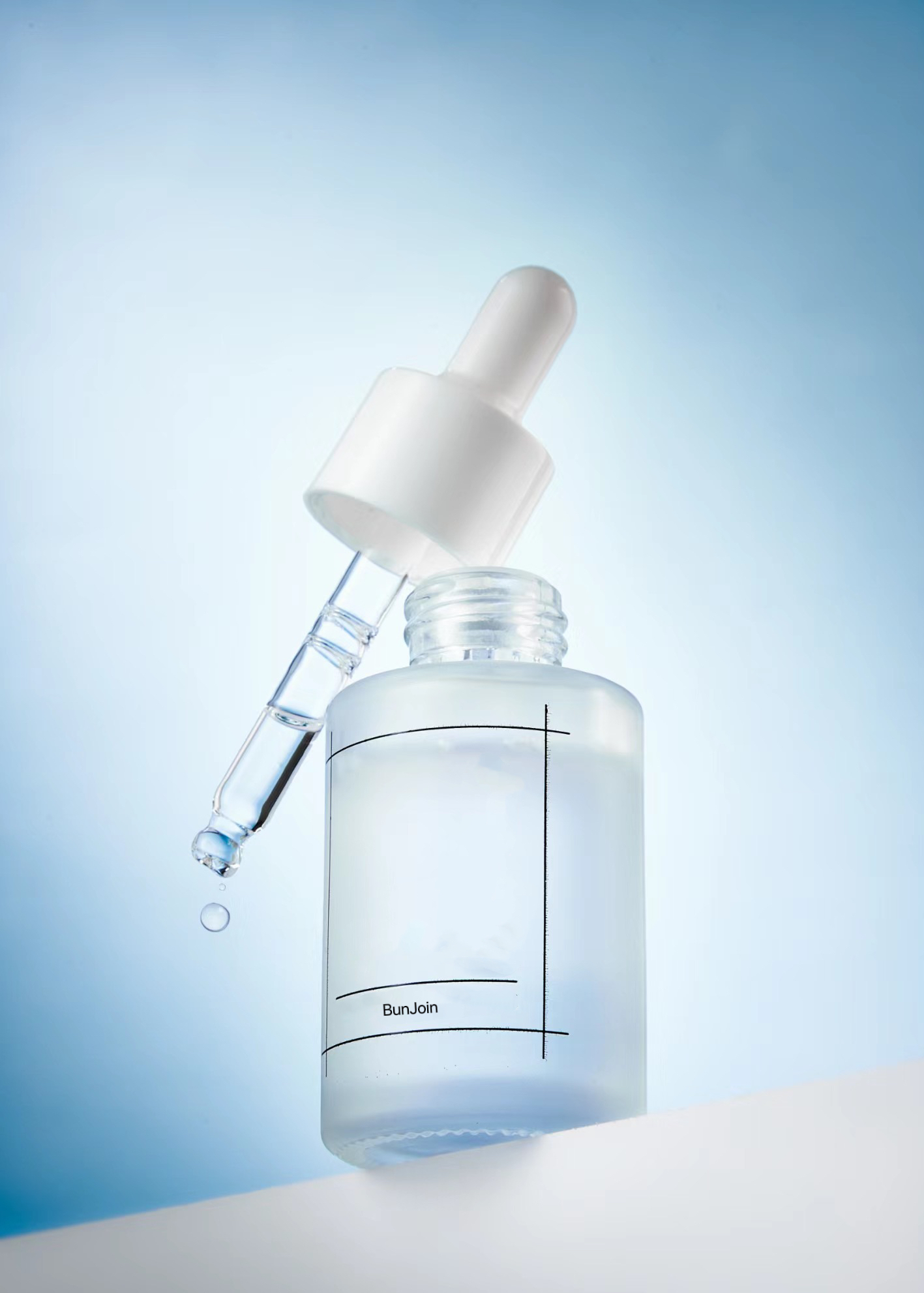How Seasonal Allergies Affect Your Skin
Why Your Face Might React Even If You’re Not Sneezing
Introduction: Allergies Aren’t Just About Sneezing
When we think of seasonal allergies, we usually think of sneezing, itchy eyes, and runny noses. But for many people, the change in seasons brings something else—skin issues.
If you’ve ever noticed your skin feeling more sensitive, dry, or breakout-prone during spring or fall, seasonal allergies could be to blame.
In this post, we’ll break down how allergies affect your skin, common symptoms to watch for, and how to adjust your skincare routine so your skin stays calm—even when pollen is raging outside.
1. What Are Seasonal Allergies?
Seasonal allergies—also called hay fever or allergic rhinitis—happen when your immune system overreacts to things like:
-
Pollen (trees, grasses, flowers)
-
Mold spores
-
Dust mites
-
Pet dander (can be worse during certain seasons)
These airborne allergens don’t just irritate your nose and throat—they can also trigger inflammation across your whole body, including your skin.
2. Common Skin Reactions Linked to Allergies
👃 Allergy-Related Dermatitis
This refers to red, itchy, or flaky skin that shows up when your skin comes into contact with allergens like pollen or dust. Even if you’re not touching them directly, they can land on your face throughout the day.
Signs:
-
Redness and irritation around cheeks, nose, or eyes
-
Flaky or scaly patches
-
Mild burning or stinging sensation
💧 Excessive Eye Rubbing = Undereye Irritation
Seasonal allergies can cause itchy eyes, and the more you rub, the more damage you do to the delicate skin around them.
Results:
-
Puffiness
-
Dark circles
-
Fine lines caused by rubbing
😓 Histamine Flushing
Allergies trigger the release of histamine, a chemical that causes swelling and blood flow to affected areas. This can make your skin appear red, flushed, or blotchy—even without a rash.
🧼 Barrier Breakdown
When skin is constantly inflamed, itchy, or rubbed, your skin barrier gets damaged, leading to:
-
Increased sensitivity
-
Dryness and peeling
-
More breakouts and redness
3. Allergy Season vs. Breakouts — How to Tell the Difference
It’s easy to confuse allergy-related skin problems with acne or regular sensitivity, but here’s how you can tell:
| Symptom | Likely Cause |
|---|---|
| Small, red itchy bumps | Allergic reaction |
| Clogged pores, blackheads | Acne |
| Puffy, swollen under-eyes | Allergies |
| Dry patches around nose or cheeks | Allergy or irritation |
| New sensitivity to products | Barrier is weakened by inflammation |
If your breakouts or redness seem to appear with the season change and aren’t responding to your usual products, allergies could be the hidden trigger.
4. How to Protect Your Skin During Allergy Season
🧴 Simplify Your Routine
When your skin is inflamed, less is more. Avoid trying new products or anything too harsh. Stick to:
-
Gentle cleanser (non-stripping, low-foam)
-
Hydrating toner or mist (with aloe, panthenol, or chamomile)
-
Barrier-supporting moisturizer (with ceramides, niacinamide, or squalane)
Avoid:
-
Exfoliating acids (AHA, BHA)
-
Retinol (if skin is irritated)
-
Strong essential oils or fragrance
🛡️ Strengthen Your Skin Barrier
The stronger your barrier, the less reactive your skin becomes. Look for ingredients like:
-
Ceramides: Rebuilds protective layer
-
Niacinamide: Calms redness and strengthens skin
-
Colloidal oatmeal: Soothes irritation
🌬️ Keep Allergens Off Your Face
-
Wash your face immediately after coming in from outdoors
-
Use micellar water to gently remove pollen or pollutants
-
Avoid touching your face throughout the day
-
Use a HEPA filter indoors to reduce allergens in the air
😴 Focus on Nighttime Repair
At night, your skin naturally regenerates. Use this time to:
-
Hydrate with lightweight serums (hyaluronic acid or panthenol)
-
Apply calming creams with centella or calendula
-
Use cold eye masks to reduce puffiness
5. When to See a Dermatologist or Allergist
If your skin issues persist for more than two weeks, or you experience:
-
Hives or welts
-
Severe peeling or cracking
-
Constant facial swelling
-
Itchy rashes that don’t go away
It’s time to see a specialist. An allergist can identify your triggers, and a dermatologist can prescribe medicated creams to soothe skin safely.
6. Bonus: Best Types of Skincare During Allergy Season
| Product Type | What to Look For |
|---|---|
| Cleanser | Non-foaming, sulfate-free, pH-balanced |
| Toner | Alcohol-free, soothing ingredients |
| Moisturizer | Ceramides, hyaluronic acid, no fragrance |
| Eye cream | Caffeine (for puffiness), peptides |
| Sunscreen | Mineral-based (zinc oxide or titanium dioxide) |
Final Thoughts: Treat Skin Like It’s Having an Allergy Too
Allergy season can be tough on your entire body—and your skin is no exception. While we often focus on runny noses and itchy eyes, don’t ignore your skin’s signals.
When in doubt, dial back your routine, support your barrier, and keep your skin clean and calm. And remember: when allergy season passes, your skin will thank you for being gentle.




